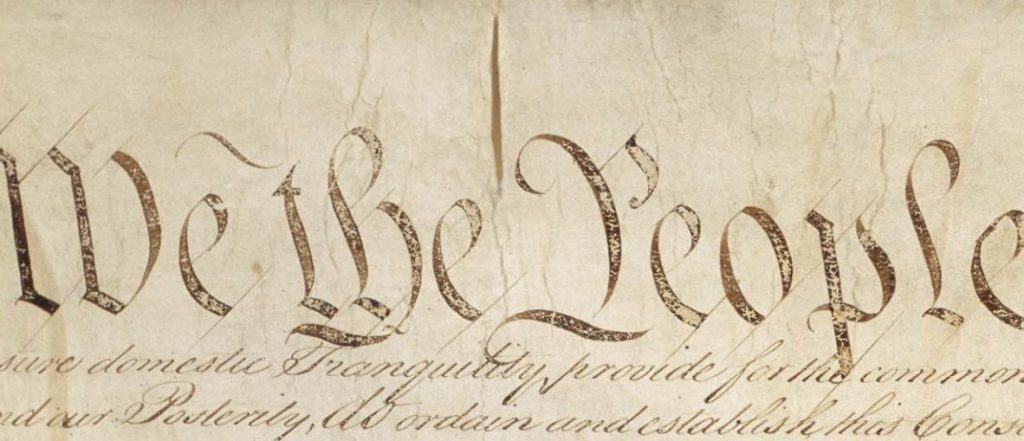CIVIC TECH: EMPOWERING THE 21ST CENTURY PUBLIC (MAYBE)
- HOLLIE RUSSON GILMAN
- May 1, 2015
- 5:57 pm
Civic tech requires believing that the technology of today can usher in a better tomorrow.

To kick off our coverage here at Civicist, we asked our contributing editors to share their thoughts on “What is civic tech?” We’ll publish their answers as they trickle in, and look forward to continuing the conversation in the weeks and months to come.
When Aristotle concluded “man is a political animal,” he identified a core tenet of human nature. People want to be seen and heard. People want to feel connected to one another. I became interested in the opportunities for technology to enhance democracy when I witnessed the 2007 Iowa caucus. Much of the civic learning at the time came from face-to-face participation, in-person dialogue, and deliberation with new people. I realized digital tools could potentially reduce the barriers to entry in this arena, but realized that in the noisy ruckus of people coming together, some speaking and listening would inevitably be lost. I left Iowa believing in the potential as well as the perils of digital tools for political participation.
I was inspired to study this further after serving as an organizer for the Obama campaign. It was there that I got to experience the rush of trying to mobilize, organize, and galvanize people. The campaign brought out all types of people who were unified in working towards a better future. But what happens the day after the election?
This is where civic tech comes in. Civic tech provides an opportunity to engage citizens in governance beyond simply voting every two to four years. Civic tech promises a more egalitarian public sphere. Civic tech is about deepening democracy. This definition is much more expansive than efficient public service delivery. It also relates to the deeper reason that people agree upon democratic governance in the first place. Of course, the promise of civic tech is tempered by the reality of people, politics, and institutions.
How do we grapple with political incentives and technology in real life? This is again where civic tech comes in. One dimension of civic tech is being realistic about human behavior. People are social beings. People want to do meaningful work and will participate in governance if it is structured well, if it is a social experience, and when they see results. Possible outputs can include new relationships with neighbors and government officials. Outputs are not as simple as the metrics of page views or clicks; engagement should not perfunctory. Furthermore, the follow-up from participation needs to be viewed as a vital component of participation from the outset. The life cycle of civic tech requires iterative two-way communication.
On the 50th anniversary of the “Bloody Sunday” events that took place in Selma, Alabama, President Obama said:
Because the single most powerful word in our democracy is the word “We.” We The People. We Shall Overcome. Yes We Can. It is owned by no one. It belongs to everyone. Oh, what a glorious task we are given, to continually try to improve this great nation of ours.
Of course, this is not confined to America. It applies to all governing institutions that try to represent “we the people.”
Civic tech is not about the tool or technology. It’s about working towards the type of society we want to live it. It has to be aspirational because so too is the democratic ideal. The very idea that a single federal government can govern 300 million people takes faith. So too does civic tech. Civic tech requires believing that the technology of today can usher in a better tomorrow. Though time will tell, the very interest and investment in civic tech presupposes that people have faith.

